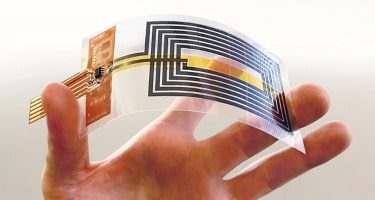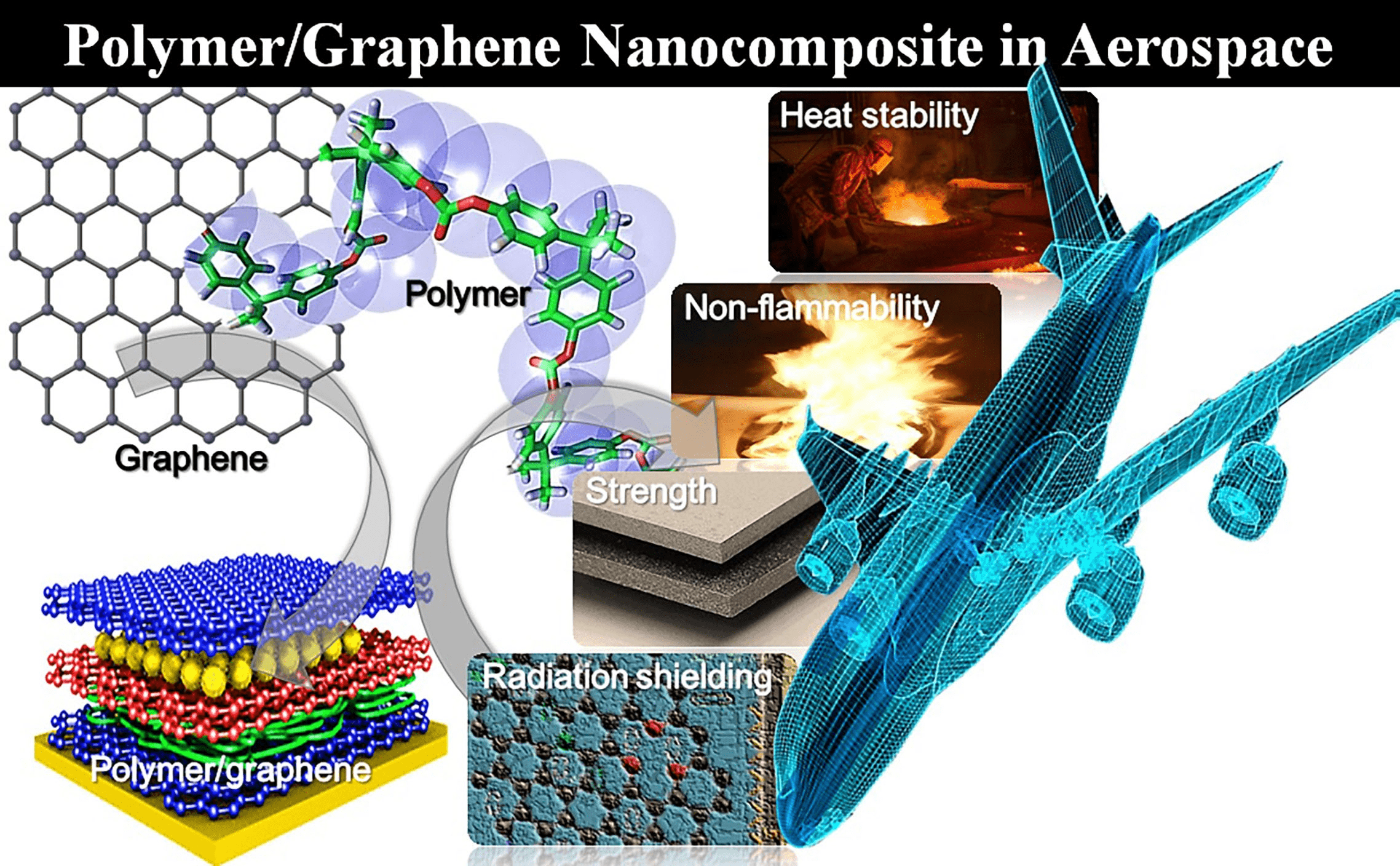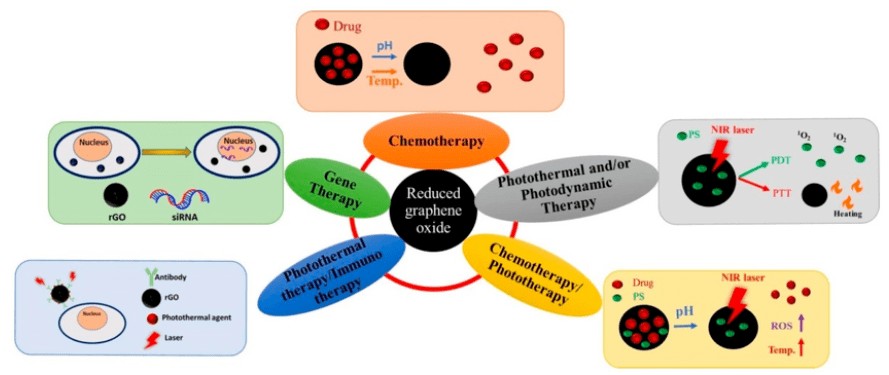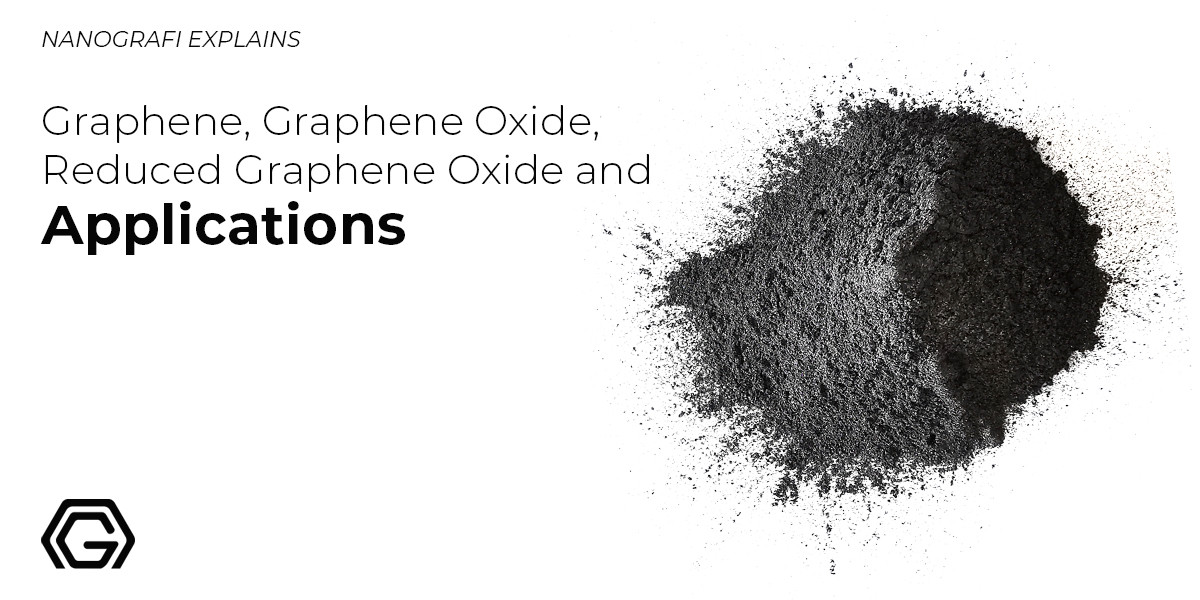What Are the Applications of Reduced Graphene Oxide? - Nanografi
Reduced graphene oxide (rGO) has sparked immense interest in the scientific community due to its captivating properties and vast potential applications. Unleashing a new era of advanced materials and technological breakthroughs.
Graphene oxide (GO) is a type of graphene that contains oxygen functional groups and has some interesting properties different than those of graphene. By reducing graphene oxide, reduced graphene oxide is obtained which is abbreviated to rGO. In this process, the functional groups of graphene are removed but it still contains residual oxygen, hetereatoms and structural defects which decrease its quality. Having less-quality compared to pristine graphene, rGO is still an outstanding material for various applications since it resembles an attractive cost and manufacturing processes compared to the pristine graphene. Especially, it is preferred in applications that call for a large amount of material. Visit Nanografi to experience our graphene & graphene-based products and leadership in international science and trends, driving value for your company with unwavering support.
Introduction
Reduced graphene oxide (rGO) has gained significant attention in the scientific community for its captivating properties and wide-ranging applications. By undergoing a reduction process from graphene oxide (GO), rGO experiences a transformative change, enhancing its electrical conductivity and imparting novel physical, chemical, and mechanical attributes. The resulting rGO exhibits remarkable improvements in conductivity, stability, and strength compared to GO, positioning it at the forefront of materials research.
With its versatility and dynamic nature, rGO has the potential to revolutionize various industries, including electronics, energy storage, sensors, catalysis, and biomedical devices. Through in-depth synthesis, advanced characterization techniques, and exploration of diverse applications, this study aims to uncover rGO's hidden potential and facilitate its transformative utilization in science, technology, and innovation. The outcomes of this research will enhance our understanding of graphene-based materials and drive breakthrough advancements, opening doors to a future full of limitless possibilities.
Synhesis of Reduced Graphene Oxide
Reduced Graphene Oxide (rGO) is a material synthesized from Graphene Oxide (GO) through a process that removes oxygen-containing groups. Two common methods are chemical and thermal reduction. In chemical reduction, reducing agents like hydrazine or ascorbic acid are used. In thermal reduction, GO is heated under an inert atmosphere. These processes restore some of the original graphitic properties, but not all. Despite this, rGO is widely used in various applications such as energy storage and electronics due to its improved electrical conductivity and mechanical strength compared to GO, and its cost-effective, scalable synthesis. For more information on the synthesis of reduced graphene oxide, read our blog post.
Applications of Reduced Graphene Oxide
Reduced Graphene Oxide (RGO) is a form of graphene oxide that has been chemically reduced, resulting in a material with unique properties and various applications. In this article, we will explore the applications of reduced graphene oxide and how it is used in different industries.
Electronics and Energy Storage
Reduced graphene oxide (rGO) has gained significant attention in recent years due to its exceptional properties and versatility in various fields. In particular, rGO has found numerous applications in the fields of electronics and energy storage, where its unique characteristics have enabled the development of innovative devices and systems.
Electronics
Flexible Electonics
The exceptional mechanical flexibility of rGO makes it ideal for flexible electronics. It can be used as a conductive ink or thin film for flexible displays, wearable devices, and electronic textiles, enabling the creation of lightweight and bendable electronic components.

Figure 1. Application of graphene-based flexible antennas in consumer electronic devices.
Transparent Conductive Films
Graphene-based transparent conductive films have emerged as a promising alternative to indium tin oxide (ITO) for touchscreens, solar cells, and organic light-emitting diodes (OLEDs). rGO's high electrical conductivity, excellent transparency, and mechanical flexibility make it an excellent candidate for transparent electrodes.
Field-Effect Transistors (FETs)
Reduced Graphene Oxide has been utilized as a channel material in FETs, demonstrating excellent electrical properties such as high carrier mobility and low off-state current. Its compatibility with complementary metal-oxide-semiconductor (CMOS) processes holds promise for future graphene-based integrated circuits.
Energy Storage
1. Supercapacitors
rGO-based electrodes have shown great potential in supercapacitors, offering high specific capacitance, fast charge-discharge rates, and long cycle life. The large surface area of rGO facilitates efficient charge storage and rapid ion diffusion, enabling the development of high-performance energy storage devices.
2. Lithium-Ion Batteries (LIBs)
Incorporating rGO into lithium-ion batteries has shown improvements in energy density, cycling stability, and rate capability. It can be used as a conductive additive, a binder, or a host material for lithium ions, enhancing the overall performance of the batteries.
3. Fuel Cells
rGO has been explored as a catalyst support in fuel cells due to its high electrical conductivity, large surface area, and good chemical stability. By anchoring catalytic nanoparticles on rGO, the performance and durability of fuel cells can be enhanced, enabling efficient conversion of chemical energy into electrical energy.
To discover more about graphene and applications, you can read our blog.
Composite Materials and Coatings
Another area where reduced graphene oxide finds application is in composite materials and coatings. Adding RGO to polymers, metals, and ceramics improves their mechanical strength, thermal conductivity, and electrical properties. These enhanced composites are used in aerospace, automotive, and construction industries, where lightweight and high-performance materials are in demand.
Composite Materials
Polymer Composites:
Incorporating rGO into polymers improves their tensile strength, modulus, and electrical conductivity. These composites find applications in lightweight structural components, electrical conductors, and electromagnetic shielding materials.
Metal Matrix Composites:
Adding rGO to metal matrices enhances their mechanical properties, such as hardness, tensile strength, and wear resistance. These composites are utilized in industries requiring high-strength materials, such as automotive and aerospace.
Ceramic Composites:
The inclusion of rGO in ceramic matrices enhances their fracture toughness, thermal conductivity, and electrical properties. These composites find applications in heat sinks, electronic packaging, and thermal barrier coatings.

Figure 2. Graphene nanocomposite in aeospace.
Coatings
Corrosion Protection
rGO-based coatings provide an effective barrier against moisture, chemicals, and corrosive agents, protecting the underlying substrate from degradation. They are utilized in industries such as marine, oil and gas, and infrastructure. Explore the use of graphene-based materials in anti-corrosion coatings, visit the blog.
Anti-static Applications
Thin layers of rGO coatings exhibit excellent electrical conductivity, allowing them to dissipate static charges and prevent the buildup of electrostatic discharges. These coatings find applications in electronics, packaging, and manufacturing environments.
Electromagnetic Interference (EMI) Shielding
rGO coatings act as a conductive shield against electromagnetic radiation. They are used in electronic devices, telecommunications equipment, and sensitive electronics to prevent interference and ensure proper functioning.
Biomedical and Environmental Applications
Reduced graphene oxide has gained attention in the biomedical field due to its unique properties. It is biocompatible, has a large surface area for drug delivery, and can be used for bioimaging and biosensing applications. RGO-based nanomaterials are used in cancer therapy, tissue engineering, and biosensors for detecting diseases. Read our blog post to explore the biomedical applications of fullerene.
Drug delivery
RGO-based nanomaterials have been employed as carriers for controlled drug delivery systems. Their large surface area and ability to easily load drugs make them ideal for delivering therapeutic agents to specific sites in the body. RGO can be functionalized with targeting ligands to enhance the specific delivery of drugs to cancer cells, thereby improving the efficacy of cancer therapy.
Cancer Therapy
Reduced graphene oxide (RGO) has shown promise in cancer therapy due to its unique properties. It can serve as a platform for targeted drug delivery, allowing for precise treatment of cancer cells while minimizing damage to healthy tissues. RGO-based nanomaterials can be loaded with anticancer drugs and selectively delivered to tumor sites, enhancing the effectiveness of the treatment. Additionally, RGO's photothermal properties can be utilized for hyperthermia therapy, where it absorbs light and converts it into heat to selectively destroy cancer cells.

Figure 3. Applications of reduced graphene oxide in therapy of cancer.
Biosensors
RGO-based biosensors have been developed for the detection of various diseases. By functionalizing RGO with specific biomolecules, such as antibodies or DNA probes, it can selectively capture target molecules, such as cancer biomarkers or pathogens. The presence of the target molecules can be detected through changes in the electrical properties of RGO, enabling sensitive and specific detection of diseases.
Solar Cells
rGO can be incorporated into different layers of the solar cell, such as the electron transport layer or hole transport layer, to improve charge extraction and reduce energy losses. Additionally, RGO can be utilized as a counter electrode in dye-sensitized solar cells (DSSCs) or as a transparent conductive electrode in perovskite solar cells.
Furthermore, RGO's large surface area allows for a higher loading of light-absorbing materials, like perovskite or organic semiconductors, resulting in increased light absorption and better utilization of incident sunlight.
While reduced graphene oxide shows great potential in enhancing solar cell performance, research in this area is ongoing to optimize its incorporation, improve stability, and achieve cost-effectiveness for large-scale commercial applications. As the field of nanomaterials continues to advance, RGO and other graphene-based materials are expected to play a crucial role in the future development of more efficient and affordable solar cells.
Conclusion
In conclusion, reduced graphene oxide is a versatile material with a wide range of applications. Its unique properties, including high conductivity, large surface area, and mechanical strength, make it suitable for various industries. From electronics and energy storage to composite materials, coatings, and biomedical applications, RGO contributes to advancements in multiple fields. As researchers continue to explore its potential, reduced graphene oxide is expected to find even more applications in the future. Choosing Nanografi unlocks unrivaled performance and disruptive innovation across industries, setting a new benchmark for excellence.
To discover our top-quality products and meet Nanografi, visit website.
References
4 Best Applications of Fullerenes in The Biomedical Industry - Nanografi Nano Technology. (n.d.). Retrieved March 14, 2024, from https://nanografi.com/blog/4-best-applications-of-fullerenes-in-the-biomedical-industry/
Applications of reduced graphene oxide in therapy of cancer. Adapted... | Download Scientific Diagram. (n.d.). Retrieved March 14, 2024, from https://www.researchgate.net/figure/Applications-of-reduced-graphene-oxide-in-therapy-of-cancer-Adapted-from-163_fig4_361048082
Explained: Graphene, Graphene Oxide, and Reduced Graphene Oxide and Applications - Nanografi Nano Technology. (n.d.). Retrieved March 14, 2024, from https://nanografi.com/blog/explained-graphene-graphene-oxide-and-reduced-graphene-oxide-and-applications/
Kausar, A., Ahmad, I., Eisa, M. H., & Maaza, M. (2023). Graphene Nanocomposites in Space Sector—Fundamentals and Advancements. C 2023, Vol. 9, Page 29, 9(1), 29. https://doi.org/10.3390/C9010029
Scidà, A., Haque, S., Treossi, E., Robinson, A., Smerzi, S., Ravesi, S., Borini, S., & Palermo, V. (2018). Application of graphene-based flexible antennas in consumer electronic devices. Materials Today, 21(3), 223–230. https://doi.org/10.1016/J.MATTOD.2018.01.007
Synthesis of Reduced Graphene Oxide - Nanografi Nano Technology. (n.d.). Retrieved March 14, 2024, from https://nanografi.com/blog/synthesis-of-reduced-graphene-oxide/
The Future of Flexible Electronics Technology. (n.d.). Retrieved March 14, 2024, from https://www.azom.com/article.aspx?ArticleID=19279
The Use of Graphene-Based Materials in Anti-Corrosion Coatings - Nanografi Nano Technology. (n.d.). Retrieved March 14, 2024, from https://nanografi.com/blog/the-use-of-graphenebased-materials-in-anticorrosion-coatings/
Recent Posts
-
Advanced Materials for Unmanned Aerial Vehicle (UAV) Protection Against Laser
Consider a UAV on a critical mission, rendered inoperative by a sudden laser attack. With the increa …26th Jul 2024 -
Simulation and Modeling of Material Properties
Our world is composed of a dazzling array of materials, each with its own unique properties that dic …19th Jul 2024 -
Advanced Coatings for Superior Corrosion and Wear Resistance
Corrosion and wear pose significant challenges across various industries, leading to substantial eco …12th Jul 2024







